Sustainability Trends
Sustainability trends are increasingly influencing the Bridal Gown Market, as consumers become more environmentally conscious. There is a growing demand for eco-friendly materials and ethical production practices among brides, prompting designers to adopt sustainable approaches. This shift is reflected in the rise of brands that specialize in sustainable bridal wear, utilizing organic fabrics and promoting fair labor practices. Market data suggests that a significant portion of consumers is willing to pay a premium for gowns that align with their values regarding sustainability. Consequently, the Bridal Gown Market is evolving to meet these expectations, integrating sustainability into its core offerings.
Influence of Social Media
The impact of social media on the Bridal Gown Market cannot be overstated. Platforms such as Instagram and Pinterest serve as vital sources of inspiration for brides-to-be, showcasing the latest trends and styles in bridal fashion. This visual-centric approach has led to a surge in demand for unique and fashionable gowns, as brides seek to emulate the styles they encounter online. Furthermore, social media influencers and celebrities often play a pivotal role in shaping consumer preferences, driving the popularity of specific designers and styles. As a result, the Bridal Gown Market is likely to continue evolving in response to these digital trends, with brands increasingly leveraging social media for marketing and engagement.
Rising Disposable Incomes
The Bridal Gown Market appears to be positively influenced by the increasing disposable incomes of consumers. As individuals experience higher earnings, they are more inclined to invest in luxury items, including bridal gowns. This trend is particularly evident in emerging economies, where a growing middle class is willing to spend on high-quality, designer wedding attire. According to recent data, the average expenditure on wedding-related expenses has risen, with bridal gowns often accounting for a significant portion of the budget. This shift suggests that as financial capabilities expand, so too does the demand for exquisite bridal gowns, thereby propelling the Bridal Gown Market forward.
Emergence of Online Retail
The rise of online retail has transformed the Bridal Gown Market, offering consumers unprecedented access to a vast array of options. E-commerce platforms enable brides to explore and purchase gowns from the comfort of their homes, often at competitive prices. This shift has been particularly beneficial for smaller designers and boutiques, allowing them to reach a wider audience without the constraints of physical storefronts. Data indicates that online sales in the bridal segment have seen substantial growth, reflecting changing consumer shopping habits. As more brides turn to online platforms for their gown purchases, the Bridal Gown Market is likely to adapt, focusing on enhancing the online shopping experience.
Cultural and Traditional Influences
Cultural and traditional influences significantly shape the Bridal Gown Market. Different regions and cultures have unique customs and expectations surrounding weddings, which directly affect bridal gown styles and preferences. For instance, in some cultures, traditional attire is favored, while others may lean towards contemporary designs. This diversity creates a rich tapestry of options within the market, catering to a wide array of consumer tastes. Additionally, as globalization continues to blur cultural boundaries, there is a growing trend of fusion styles that combine elements from various traditions. This phenomenon not only enriches the Bridal Gown Market but also expands its reach, appealing to a broader audience.


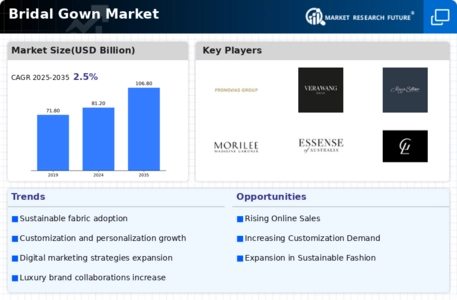
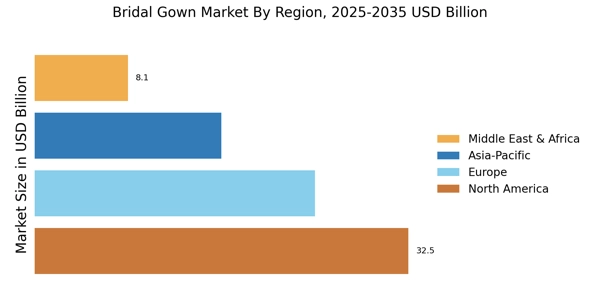
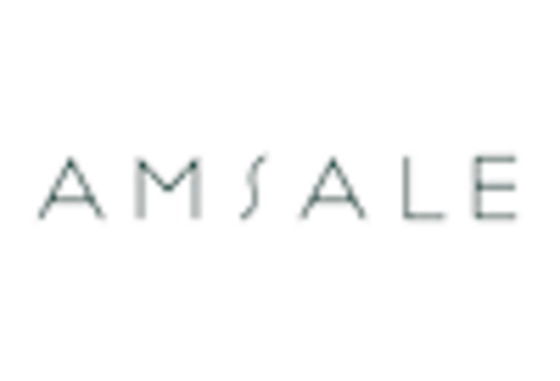

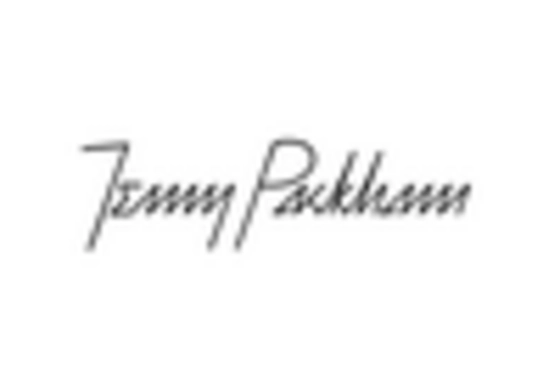
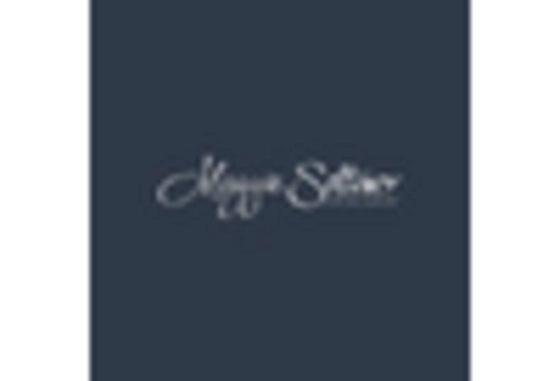

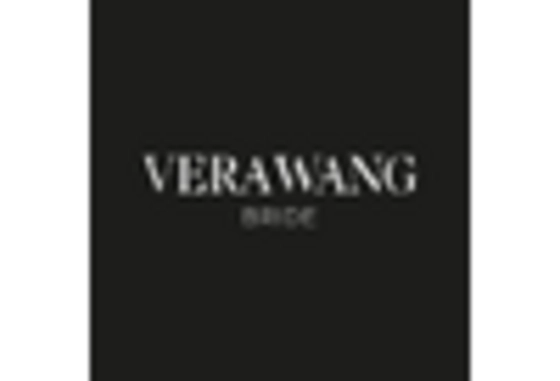








Leave a Comment